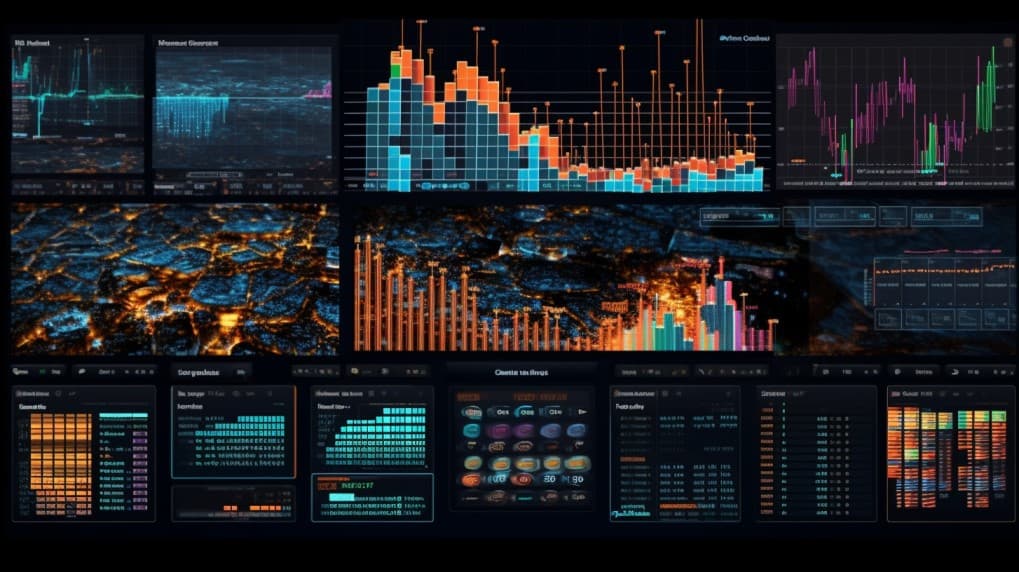
AAXJ VS AIA: Tracking and Exposure
Exchange-Traded Funds (ETFs) have transformed the investment landscape by providing diversified exposure across various sectors and asset classes. In this article, we'll conduct an in-depth comparison between two notable ETFs: AAXJ (iShares MSCI All Country Asia ex Japan ETF) and AIA (iShares Asia 50 ETF). We'll explore their ticker symbols, full names, issuers, sectors, top holdings, capitalization, investment strategies, tracking methods, and exposure.
AAXJ VS AIA: Overview
AAXJ and AIA are both ETFs that focus on Asian markets, but they differ in their underlying strategies. AAXJ offers exposure to a broader range of Asian countries, excluding Japan, while AIA concentrates on the 50 largest companies across Asia, including Japan. This distinction in focus leads to varying risk and return profiles, which we'll delve into further.
AAXJ VS AIA: Sectors and Top Holdings
The AAXJ ETF encompasses diverse sectors such as technology, finance, and consumer goods, reflecting the economic landscape of multiple Asian nations. On the other hand, AIA's top holdings include prominent companies like Alibaba Group, Tencent Holdings, and Samsung Electronics. Analyzing the sectors and top holdings aids investors in aligning their investment objectives with the ETF that matches their preferences.
 AAXJ overlap AAXJ VS AIA: A Comprehensive Comparison of ETFs
AAXJ overlap AAXJ VS AIA: A Comprehensive Comparison of ETFs
AAXJ VS AIA: Capitalization and Investment Strategy
AAXJ boasts a substantial asset under management (AUM), highlighting its popularity among investors seeking exposure to Asia's growth. AIA's investment strategy revolves around capturing the performance of the largest companies in the Asia-Pacific region. The contrast in capitalization and investment strategy between the two ETFs offers investors diverse avenues for potential returns and risk management.
AAXJ VS AIA: Tracking and Exposure
AAXJ seeks to mirror the performance of the MSCI All Country Asia ex Japan Index, while AIA tracks the S&P Asia 50 Index. AAXJ's approach provides broader regional coverage, including emerging markets, while AIA's strategy is centered on the largest and most established companies in the region. Understanding their tracking methods and exposure allows investors to make informed decisions based on their desired level of market participation.
Conclusion
AAXJ and AIA are distinct ETFs that offer unique ways to tap into the Asian market's potential. To gain deeper insights into their holdings, correlations, overlaps, and more, ETF insider serves as an invaluable tool. With its user-friendly app, investors can access comprehensive details about these ETFs and other financial instruments.
Disclaimer: This article does not offer any investment advisory services.
Sources:
- iShares website for AAXJ
- iShares website for AIA
- Relevant financial news sources
AAXJ ETF issuer
AAXJ ETF official page
AAXJ quote and analysis
Discover the top holdings, correlations, and overlaps of ETFs using our visualization tool.
Our app allows you to build and track your portfolio.
To learn more about the AAXJ iShares MSCI All Country Asia ex Japan ETF, access our dedicated page now.